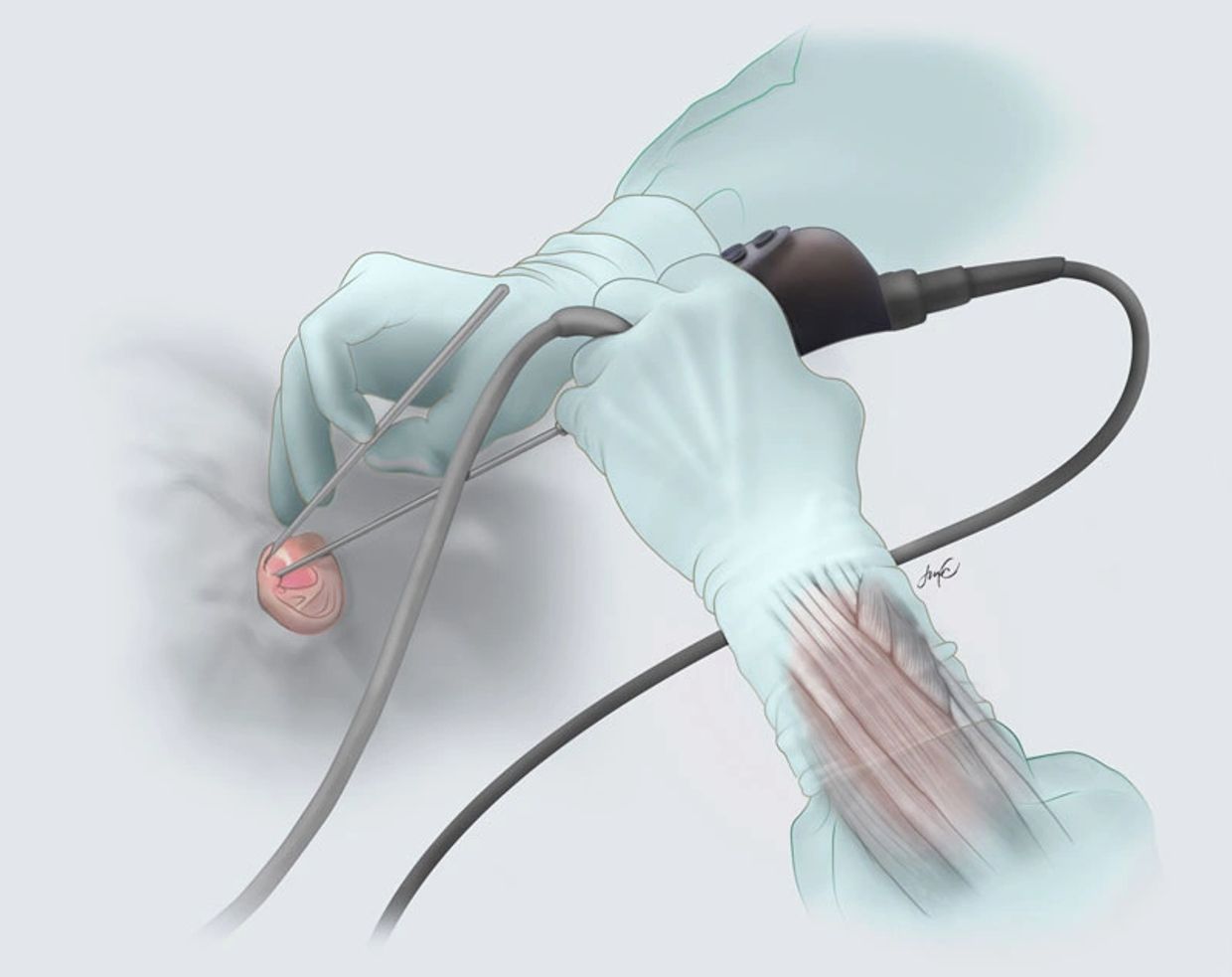
Endoscopic Ear Surgery
Transcanal endoscopic ear surgery (TEES) is minimally invasive ear surgery that accesses the middle ear through the ear canal, without having to make an incision behind the ear and move the ear forward, as is done in traditional inner-ear surgery. We use specially designed endoscopes – very narrow instruments with a light and a high-definition camera – to see and operate on the delicate structures within the middle ear.
Most ear problems aren’t life-threatening, but they can greatly affect a person’s quality of life. Some conditions can press on or destroy nearby healthy tissue, such as the tiny ear bones or nerves, which can cause hearing loss, dizziness, or facial paralysis.
Often, surgery is your best treatment option to preserve hearing and prevent serious complications. Endoscopic ear surgery offers a less invasive way to treat those problems.
Advantages of endoscopic ear surgery
With traditional ear surgery, otologists (specialists in conditions of the ear) typically make an incision behind the ear to lift it forward, off the mastoid bone (part of the skull). In some cases, we have to open up the mastoid bone to access the ear structures for treatment.
An endoscope is a very thin, narrow tube with a light at the tip, which allows the camera to be closer to the structures of interest with better visualization. The endoscope provides a wider field of view compared to a microscope, so we can see into the recesses that we can’t view with a microscope.
- No visible incision: The surgeon inserts the endoscope through the patient’s ear into the ear canal to access the middle ear. Using the endoscope to visualize the surgical area, the surgeon uses tiny instruments to perform the operation.
- Faster time of recovery
- Relatively less morbidity
- Better view of the treatment area
This website uses cookies.
We use cookies to analyze website traffic and optimize your website experience. By accepting our use of cookies, your data will be aggregated with all other user data.
